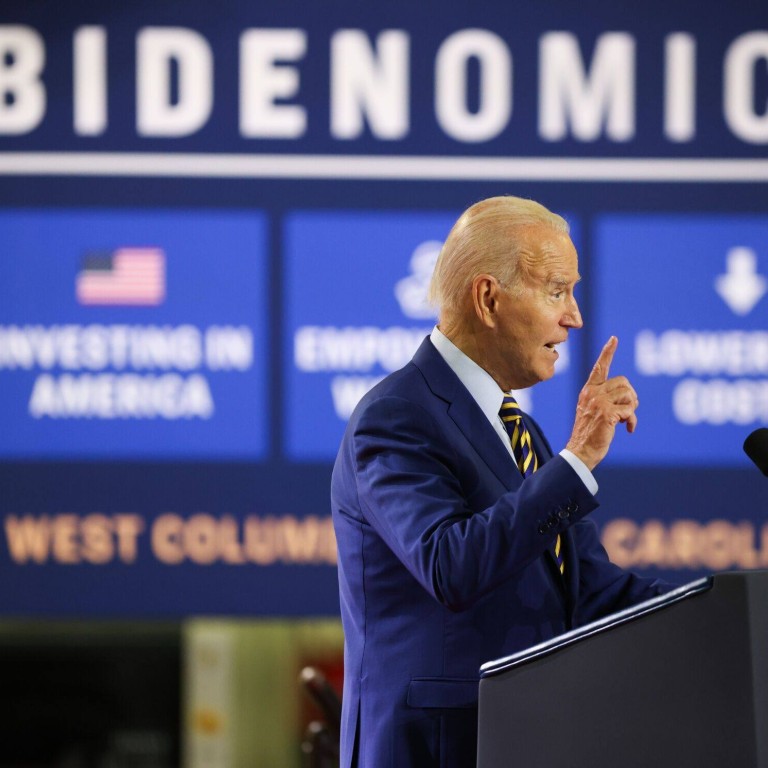
Shining a light on the dark forces of industrial policies
- With industrial policy interventions growing, the transparency provided by a new global tracker will enable organisations like the IMF and WTO to distinguish between the good and bad
Outside trade policy wonk circles, the name of Simon Evenett, professor of international trade and economic development at the University of St Gallen in Switzerland, probably means very little.
This month, Evenett has launched – with support from and in collaboration with the IMF – a new database built on the foundations of the trade alert to provide a glimpse into the dark and unfathomed world of government industrial policies.
It responds to rising concern about the scale and scope of such policies as they evolve from the protection of infant industries in the poor and developing world.
Western free-market economies have traditionally been disdainful of industrial policies, and the subsidies and state enterprises embedded in them. Western economists have generally been confident that government officials are unable to drive competitiveness and innovation the way the free market can, and that subsidies amount to a deadweight taxpayer cost that inhibit innovation, preserving inefficient behemoths and crony capitalists at the expense of nimble new enterprises.
For example, do industrial policy measures eventually enable the sector or companies concerned to stand on their own feet? Are subsidy costs higher than the benefits they generate? Do the measures improve efficiency or simply result in “business stealing” from manufacturers in another country?
To get an economy to net zero by 2050, what kind of industrial policy is more effective? The NIPO database will provide the transparency that enables answers to such questions.
Last year, Evenett noted, there were 2,500 new industrial policy interventions in 75 different jurisdictions, and nearly 1,800 of them were trade-distorting. They affected at least 21.6 per cent of global imports.
While developing economies traditionally dominated old-fashioned industrial policy planning, he notes that 71 per cent of last year’s interventions came from advanced economies (and 48 per cent from three alone – China, the European Union and the United States).
How the US’ exceptional industrial policy is killing globalisation
After just one year of data, Evenett insists it is too early to assess the impact of the interventions, though he offered possible insights: most measures were taken in sectors where the initiating country had a strong competitive advantage.
There was a strong correlation with the lobbying power of companies affected by the intervention. There was a strong link with coming elections in the country concerned, and with a strengthening currency which may be squeezing a country’s export-competitiveness.
Many of the initiatives were tit-for-tat. Evenett noted a 73.8 per cent probability that a subsidy in one economy would be met by a retaliatory “mirror” subsidy within a year.
That the IMF is supporting Evenett in developing the NIPO database signals clearly that officials in the big global economic institutions expect industrial policy interventions to grow in importance, and are seeking wider international engagement. Given that many in Western free markets tend to see all industry policy as bad and all subsidies as unjustifiable, the transparency enabling us to differentiate between good and bad would be valuable.
David Dodwell is CEO of the trade policy and international relations consultancy Strategic Access, focused on developments and challenges facing the Asia-Pacific over the past four decades



